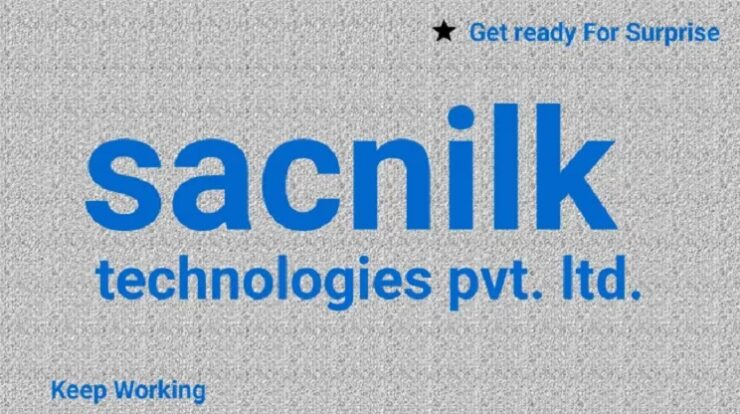
Big data is a perplexing enigma in business. Being a relatively new term that was coined during the latter part of the last decade, big data has ruffled the feathers of many business leader and professionals.
As opposed to the colloquial mindset, the term big data doesn’t just refer to the large amounts of data. It is an umbrella term that embraces everything from retail data to healthcare data. Like a Russian nesting doll, big data houses important ideas and terms that employ big data as a source of information, but segregate from it on the basis of segmentation. Most of these nesting terms include smart data, identity data, and people data.
Given the complex definition, the process of gathering, storing, and analyzing big data is a hard row to hoe. Organizations find it difficult to ingest large data volumes, handle data silos, analyze diverse datasets, maintain data security, and incorporate transformative technologies such as AI.
It’s seen that all these challenges related to big data can be dealt proactively by incorporating a data lake into the system.
What is a Data Lake?
As per the definition, a data lake is a centralized repository that enables users store, monitor, manage, discover, share, and use all types of structured and unstructured data at any scale. Data lakes don’t need a pre-defined schema, so analysts can process raw data without having to identify what insights they want to discover in the future.
With the aid of a data lake, large amounts of data (in various formats) can be stored without any discrepancy. Meaning that data analysts don’t have to structure the data and run a different set of analytics for storage. In addition, data lakes allow collaboration and analysis, helping business users make important decisions with ease.
Hence, data lakes enable organizations savor a multitude of benefits such as:
- Improve Customer Interactions
Data lakes act as a secure storage system for complex, bi-directional customer data feeds that are being onboarded. This data can be processed to identify the respective needs of customers, reasons for churn, and ways to foster loyalty.
- Improve Operational Efficiency
Information in data lakes is stored in real-time, and so the efficiency of data processing increases manifold. This, in turn, reduces operational costs and increases time to value, making eneterprises easier to do business with.
- Improve Innovation
Data lakes offer research and development teams to kickstart their innovation initiatives by testing their hypothesis, redefining assumptions, and delivering outcomes efficiently.
To conclude, companies wanting to grow and use big data effectively must have access to data lakes. However, a few data lakes aren’t able to serve their purpose due to enhanced complexity. This complexity may be induced by many factors, one of them is improper data ingestion. When big data is not properly digested, data lakes is of no use. Building an infallible big data ingestion strategy is one of the keys to ensure the success of enterprise data lakes. Here lies the value of self-service data ingestion.
What Role Does Self-Service Data Ingestion Play?
Data ingestion consists of 3 primary steps that may include data extraction, data transformation, and data loading.
As the data volume has increased, it is difficult for companies to execute big data ingestion; it is time-consuming and complex. Additionally, while handling big data, organizations often have to face application failures and enterprise data flows breakdown, leading to incomprehensible information losses and painful delays.
In such a scenario, manual data ingestion methods can only increase the difficulty and make the process more arduous. Self-service data ingestion methods can help organizations simplify the problem and help companies process, ingest, and transform large volumes of data with ease and precision.
Self-service based data ingestion solutions allow non-technical users convert big data into a single, standardized format in minutes without IT support. They can ingest large datasets within minutes into data lakes where the data can be used for further analysis. Not to mention, these platforms enable users perform quality checks on incoming data, manage the data lifecycle, and automate metadata application. Furthermore, these solutions can use alerts and notifications to gain better control over the data lake, improving transparency and traceability.
Simply put, organizations can easily ingest big data into data lakes at a faster pace with self-service data ingestion solutions.



